#sponsored
Changing careers is scary. Finding a job that contributes to the greater good is rare — and doing both at the same is almost unheard of for many of us. Or is it? Ready to take that leap this year and go after the career that lights you? You’re not alone.
Every year, the MovingWorlds Institute works with purpose-driven professionals just like you to take the leap, and we’ve learned a few valuable lessons that can help make the leap less scary while increasing your success rate.

1. Write down your goal of making the leap, and then tell your friends.
You can’t do this alone. Not only does it take emotional support during the trials and tribulations to come, but your friends, family, mentors, colleagues, and possibly even your barista (if you’ve been a loyal customer) will hold you accountable to progress, too. The research is conclusive here: people who write down their goals and make it public are more likely to achieve their goals.
2. Look before you leap and make a calculated decision.
Taking a leap doesn’t mean acting recklessly. One of the MovingWorlds’ alumni, Anish Malpani, shared how he took a calculated leap:
Before I took the leap, I had to figure out what I wanted to focus on and what my long-term goal was going to be. I always wanted to be in the social impact space, and I knew I was done with Corporate America. But I didn’t know much beyond that. Enter books, conversations, forums, and a whole ton of thinking. Then the pieces all fell into place.
In his book, Originals, Adam Grant emphasizes the benefits of being cautious in your new ventures, yet proactive in their pursuit.

3. Break up your decisions into smaller steps.
Too often, I talk to people who take all of their separate goals, mix that with a dash of all sorts of possible challenges, and then shake that up with some fear about the future. The result is an impossible to clean-up mess. Don’t do that.
Whether it’s making the decision to travel around the world, change your careers, go after that promotion, launch an initiative within your company or start your own business, they’re all scary enough. Trying to do that while pulling the ripcord on your current status quo is a great way to set yourself up for failure. Instead, chunk up your issues into digestible bits. Einstein used this approach very effectively:
- List out all your key decisions on sticky notes
- Bucket them into similar categories
- Take one category that you think will be easiest to start on and focus on that.
Crisis averted.

4. Take action today.
Once you have chunked up your daunting leap into a series of small steps, get started TODAY. If you wait too long, you’ll lose momentum and runway.

How to decide which action to take? Behavioral psychology gives us some guidance here. Take the easiest step first. It’s called the snowball strategy. And while it is used most commonly in reference to paying off debt, the lessons hold true for your life transition as well. Start with the smallest decision, first, like buying a plane ticket, applying to a Fellowship program, or enrolling in a language program overseas.
5. Experiment and learn.
Along the way, you will face disappointment, disillusionment, and no shortage of challenges. But don’t treat these as hardships - treat them as lessons and opportunities. Every action you take is a small experiment that helps you validate what you want to do next. A doctor featured in Psychology Today calls this process creating your own research plan. People who view their lives as a series of ongoing experiments, shares Charles Duhigg in his book Better, Smarter, Faster, are more productive and successful.
"If you are not actually pushing yourself to a point where you're failing at least a portion of the time, you're not actually pushing yourself hard enough." - Charles Duhigg
Ghandi used this idea of experimentation religiously. The word “experiment” appears over 95 times in his 160 brief chapters. For those of us in the entrepreneurial work, we know it as the lean startup method to help you decide on what to do next. For a more concrete guide on how to implement this, check out our step-by-step guides here.
6. Reflect and journal daily.
Journalling is one of the simplest activities that has the most massive return on investment. And yet, most people neglect this simple exercise. Just a couple minutes of journaling to start your day as a way to set intention and frame your day followed by a couple minutes of journaling before bed to reflect and express gratitude on what you have accomplished are all that you need. The 5 minute journal is the best tools I’ve used. It’s one simple activity that profoundly improves your life (proven by research).

7. Don’t quit (until it’s time to quit).
At some point in your journey, you’ll find yourself faced with the decision to keep going or say enough is enough, it’s time to move on. Push yourself and grind through through the ambiguity, awkwardness, and discomfort- if nothing else, it will build your grit. But when it is finally time to seriously consider wrapping up your journey, run yourself through Seth Godin’s litmus test:
- Do you feel what you’re doing is mediocre? Have you been settling for mediocrity all along?
- Do you have the resources to get through this? And is it so, is what you’re doing worth using those resources?
Want more? Get a hand on his book “The Dip: A little book that teaches you when to quit.”

Conclusion
Taking the leap can be scary. But constant change is unavoidable. The not-so-secret secret to thriving in the midst of change is to never put yourself in a position where you have to take big, scary, uncalculated leaps.
According to author Jim Rohn, “you must change your approach to change your results”.
Follow these seven steps and your leap into a more fulfilling professional path will surely be fruitful:
- Write down your goal of making the leap, and then tell your friends.
- Look before you leap and make a calculated decision.
- Chunk up your decisions into smaller steps.
- Take action today.
- Experiment and learn.
- Reflect and journal daily.
- Don’t quit (until it’s time to quit).
Make the leap
If you're ready to take the leap and are looking for a community of professionals embarking on the same journey, apply to the MovingWorlds Institute by March 15th, 2018 for help in taking your next step.
The Institute is a 6-month immersive program for mid-career, high achieving professionals that can easily be combined with a full-time job, sabbatical, career-break, or gap. While some elements are set, many are flexible and can be customized for you and your busy schedule.
You’ll develop an understanding of “for impact” industries and learn how to identify and translate your strengths into a social impact experiences. Plus you’ll gain access to a global network of social good professionals and acquire new skills to help you be a more effective global leader. Learn more here.


